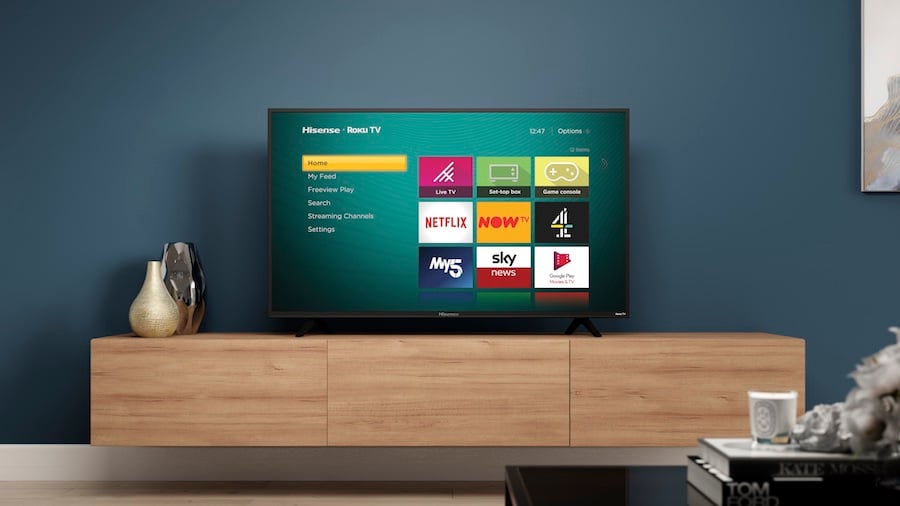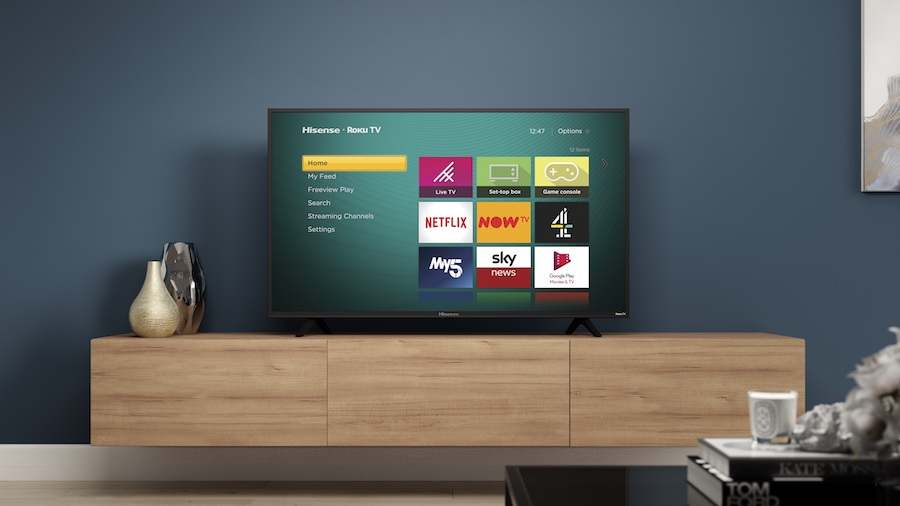
In the bustling world of streaming and entertainment, the name ‘Roku’ has become synonymous with easy-to-use streaming devices and a vast content platform. From its humble beginnings as a startup to its current status as a streaming behemoth, Roku’s journey has been nothing short of spectacular.
The Beginnings
In the early days, Roku’s primary focus wasn’t even on streaming TV. The company’s first product was the Roku SoundBridge, a device that streamed digital music to traditional stereos.
Although it was innovative for its time, the advent of video streaming would shape Roku’s destiny.
Founded in 2002 by Anthony Wood, Roku started as a pet project, a dream to revolutionize how people consume media.
Wood, a serial entrepreneur who had previously founded ReplayTV, a precursor to modern digital video recorders, envisioned a world where streaming content was the norm, not the exception.
A Partnership with Netflix
In the late 2000s, as Netflix pivoted from its DVD-by-mail model to streaming, they saw potential in partnering with a hardware company to create a device for streaming content directly to TVs. Enter Roku. The collaboration resulted in the Roku DVP (Digital Video Player), released in 2008. It was one of the first devices of its kind, and it flew off the shelves, solidifying Roku’s place in the streaming device market.
Expansion and Growth
With the success of their first digital video player, Roku embarked on a journey of expansion. Over the years, they refined their product line, introducing devices like the Roku 2, Roku 3, and the Roku Streaming Stick, each catering to different customer needs and price points.
Yet, Roku wasn’t content with just hardware. Recognizing the potential to provide both hardware and software solutions, they expanded their platform, offering a plethora of free and premium channels.
The Roku Channel Store became a hub for users to access their favorite content, from mainstream providers like HBO, Hulu, and Amazon Prime to niche channels catering to specific interests.
The Power of Agnostic Streaming
One of Roku’s most notable strategies was its decision to remain content-agnostic. Unlike some competitors who prioritized their content services, Roku chose to be a neutral platform.
This meant that users were not nudged or limited to a specific service but had the freedom to choose from a wide variety. This strategy made the Roku platform more attractive to both content providers and consumers, further fueling its growth.
Challenges and the Road Ahead
Like any company, Roku has faced its share of challenges. The journey hasn’t always been smooth, from intense competition with tech giants like Amazon, Google, and Apple to navigating the complexities of content rights and regional regulations.
Yet, Roku’s consistent focus on user experience and agility in adapting to industry shifts have kept it afloat and thriving.
As the streaming industry continues to evolve, one can only speculate on Roku’s future.
Yet, if its journey from a small startup to a streaming giant is anything to go by, Roku’s dedication to innovation and its deep understanding of the consumer pulse position it well for the road ahead.
Conclusion
Roku’s rise to prominence in the streaming world is a testament to its vision, adaptability, and understanding of market dynamics.
From its initial days as a music streaming device to its current avatar as a household name in video streaming, Roku’s evolution offers valuable lessons in staying ahead of the curve in an ever-changing industry.
As viewers, we can only wait with bated breath to see where Roku takes the world of streaming next.
Interesting related Article: “Top 5 Picks For Streaming Sticks And Devices“









